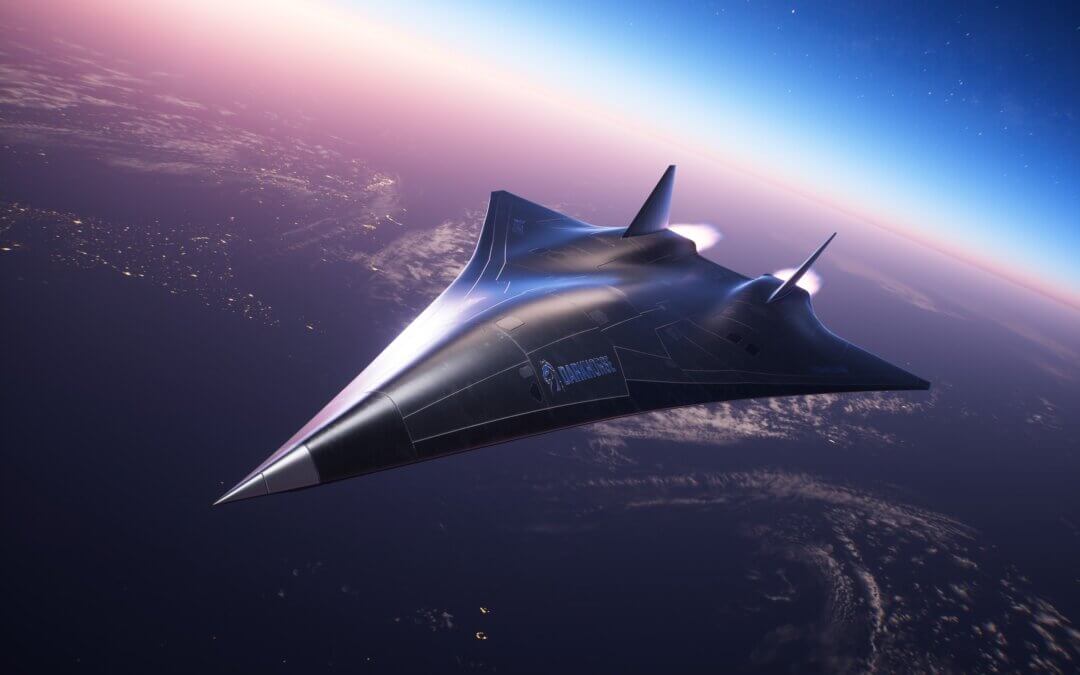Hermeus breaks ground on hypersonic engine test facility (Courtesy of Aerospace Manufacturing) — Hermeus announced plans for the new facility at a groundbreaking ceremony at the Cecil Airport site in September.
This facility will be the company’s largest and most advanced test site, set to become a national asset for hypersonic testing. It will also serve as the initial base for Hermeus’ high-Mach flight test capabilities starting in 2026, enhancing the nation’s flight test infrastructure.
The HEAT facility will provide continuous high flow rate, high enthalpy and low-pressure conditions required for high-supersonic and low-hypersonic flight modelling. This capability will make the facility an important asset to more effectively test and field various hypersonic technologies – not only for Hermeus but also for the Department of Defense and its commercial partners.
Hermeus will test a variety of engines and propulsion subsystems at HEAT – from the Pratt & Whitney F100 engine to Hermeus’ proprietary hypersonic Chimera engine. The facility will be built in phases with initial sea-level static engine tests starting before the end of 2024. Future phases of the facility will introduce continuous high-Mach vitiated air flow to simulate more flight-like high-Mach testing conditions on the ground.
“The United States is lacking in the capability to rapidly and economically test air-breathing hypersonic engines,” said AJ Piplica, Hermeus co-founder and CEO. “The few test facilities available have years-long waitlists and are prohibitively expensive. The commercially operated testing services that we will offer at our HEAT facility are more economical and responsive to dynamic test requirements and are better suited to match the ever-changing needs of the warfighter.”
Additionally, Cecil Airport will serve as the initial base for Hermeus’ commercial high-Mach flight test service. Hermeus’ autonomous Quarterhorse aircraft will depart from Cecil, ferry into the Eastern Range to conduct flight test operations, then return and land at Cecil. Services are expected to begin in 2026, quickly scaling capacity to a weekly test cadence to meet the demand signal of multiple government and commercial customers.
Hermeus expects to invest $135m in the project and create more than 100 jobs over the course of the decade.
As a former Naval Air Station, Cecil Airport has significant test infrastructure already in place, including multiple test cells and an aircraft hush house which Hermeus will inherit and build upon. Additionally, its location in Jacksonville, FL offers a strong aerospace workforce, access to airspace for hypersonic flight test, and proximity to Hermeus’ headquarters in Atlanta, GA.
Photo: An image rendering of Quarterhorse Mk 2, Hermeus’ next aircraft that will fly at supersonic speeds

